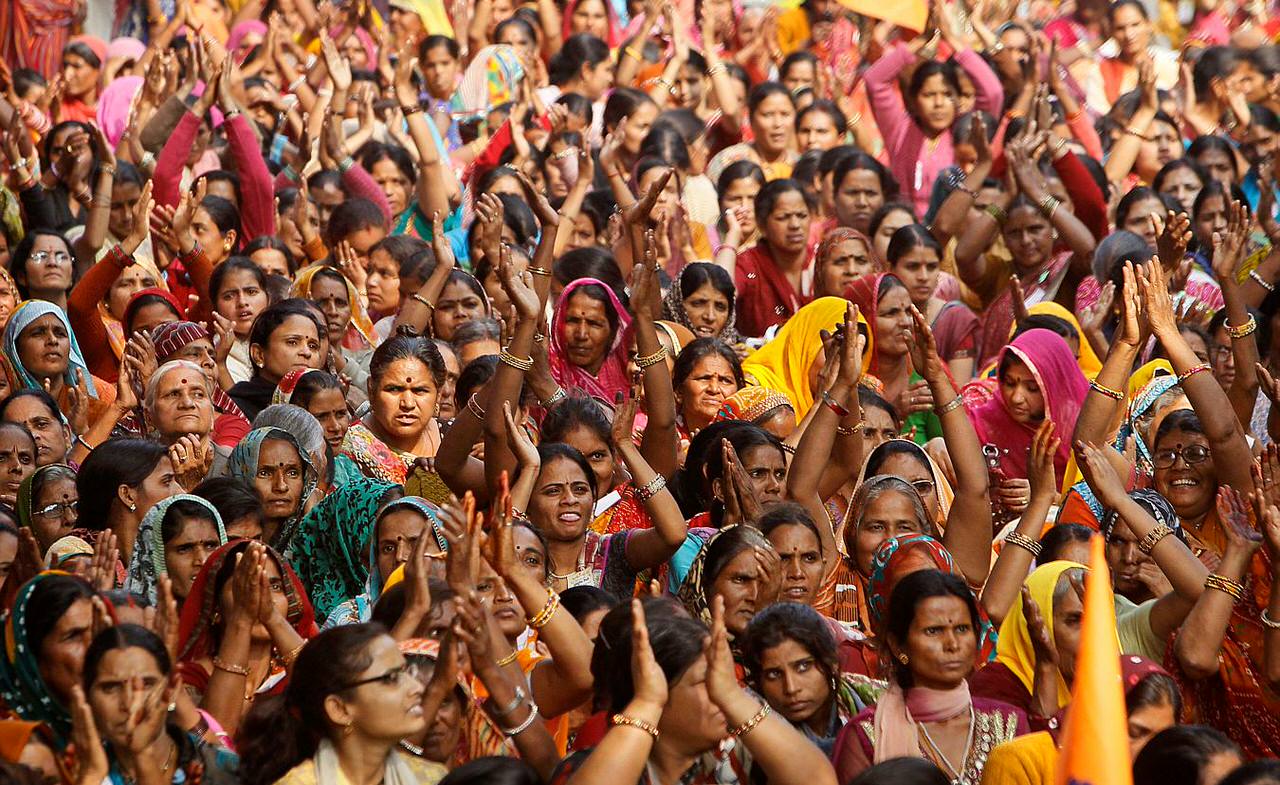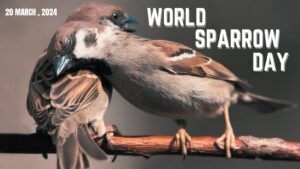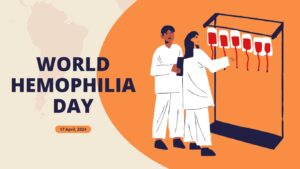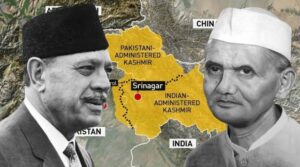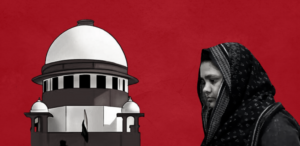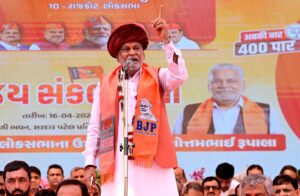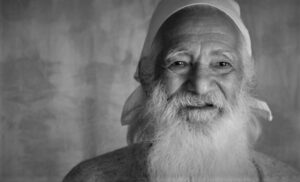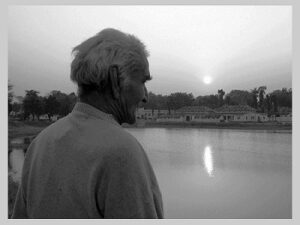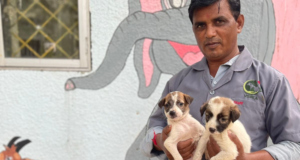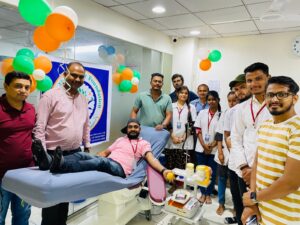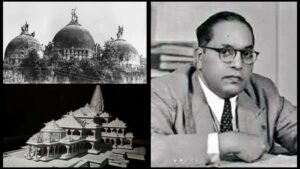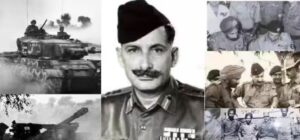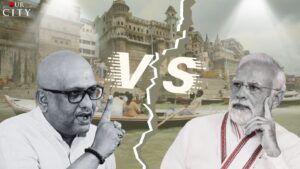Identified as one of the biggest democracies in the world, India praises the virtues of secularism and pluralism. The Indian constitution forbids discrimination based on religion, race, caste, sex, or place of birth. However, the diversity of Indian culture, religion, and society gives rise to various forms of intersectional discrimination against minority communities, such as Muslims, Christians, Dalits, and Adivasis, or religious minorities who are also linguistic minorities. These difficulties are compounded when it comes to women from the minority community.
Past and Present
Gender inequality and abuse were closely linked to the long-standing denial of basic rights and the capture of women by patriarchal society in India. Numerous societal ills, including child marriages, sati pratha, widow exploitation, the devadasi system, etc., affected women.
However, in recent times, women’s social circumstances have greatly improved, these social ills have virtually completely stopped being practiced, and the stigma associated with gender disparity has diminished. Women’s movement have fought for rights of the oppressed and for society at large. These movements are distinct from others that did not have women in leadership or driving positions because the women raised issues that the other gender deemed unimportant in their efforts to establish a society in which everyone could exercise their rights and live fearlessly and with dignity. It produced a large number of female leaders and ideas that the nation sorely needed.
A Look at the Women Led Movements
Nationalist Movements
There were notable improvements in women’s involvement in national movements. The success of the Khilafat Movement was largely due to the work of Bi Amman, the mother of the Ali Brothers. Her chosen name, Bi Amman, was used to refer to her. Her real name was Abadi Bano Begum. She was a powerful lady who did not allow the pardah or patriarchy to get in her way. After her sons were imprisoned, she got involved in politics because she thought the cause shouldn’t suffer. She facilitated women’s involvement in national movements.
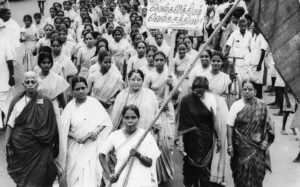 Another significant breakthrough occurred during the non- cooperation movement. When the movement was at its peak, most of its leaders were taken into custody. It was up to the women to keep the movement going. They held events, gave speeches in front of sizable audiences, and even went to jail. Women took part in the Awadh peasant movement as well. Jaggi Devi was a well-known person who was the wife of Baba Ramchandra.
Another significant breakthrough occurred during the non- cooperation movement. When the movement was at its peak, most of its leaders were taken into custody. It was up to the women to keep the movement going. They held events, gave speeches in front of sizable audiences, and even went to jail. Women took part in the Awadh peasant movement as well. Jaggi Devi was a well-known person who was the wife of Baba Ramchandra.
Chipko Movement
A social worker named Chandi Prasad Bhatt established a tiny workshop in Gopeshwar, Uttar Pradesh, to produce agriculture equipment for regional usage. But when large corporations were hired to manage the forest resources, the misuse of those resources resulted in landslides and ecological imbalances. The villagers staged small-scale protests before the movement’s first encounter on April 24, 1973, when they drove the lumbermen out of the forest by beating drums and yelling slogans.
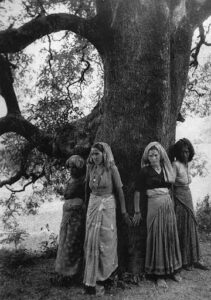 Along with 27 other women, Gaura Devi, the head of the Mahila Mangal Dal village, protested the contractors’ felling of trees on March 25, 1974, by confronting the workers and, when that failed, giving the trees hugs. As soon as this information became widely known, a large number of people from several villages joined the demonstration, which continued for four days until the contractors left. The chief minister of Uttar Pradesh formed a committee that decided in favour of the locals. The movement was effective because of the widespread engagement of female villagers, which served as a model for future anti-deforestation initiatives across the nation.
Along with 27 other women, Gaura Devi, the head of the Mahila Mangal Dal village, protested the contractors’ felling of trees on March 25, 1974, by confronting the workers and, when that failed, giving the trees hugs. As soon as this information became widely known, a large number of people from several villages joined the demonstration, which continued for four days until the contractors left. The chief minister of Uttar Pradesh formed a committee that decided in favour of the locals. The movement was effective because of the widespread engagement of female villagers, which served as a model for future anti-deforestation initiatives across the nation.
Narmada Bachao Andolan
When Medha Patkar learned in 1985 from the Ministry of Environment that the Sardar Sarovar dam, which was being built on the Narmada River, was not sanctioned, she was taken aback. With the exception of the rehabilitation offer, she came to the realization that the individuals who would be impacted by its development were unaware that they would be.
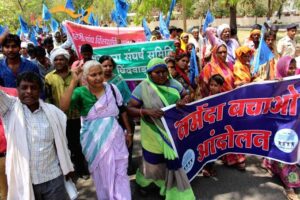 Later, the Patkar-led delegation came to understand that the people were being provided compensation for their immediate standing crops rather than rehabilitation. Her 36-day solidarity march, 22-day fast, and other initiatives prompted the World Bank to establish The Morse Commission, which found that the project had breached the Bank’s environmental and resettlement policies. As a result, the Bank withdrew from the project in 1993.
Later, the Patkar-led delegation came to understand that the people were being provided compensation for their immediate standing crops rather than rehabilitation. Her 36-day solidarity march, 22-day fast, and other initiatives prompted the World Bank to establish The Morse Commission, which found that the project had breached the Bank’s environmental and resettlement policies. As a result, the Bank withdrew from the project in 1993.
Gulabi Gang
Whith the absence of police intervention, a group of pink-clad women known as the Gulabi Gang intervened on behalf of abused women by beating the perpetrator. Though it may sound like something out of a movie, the rescue is a real vigilante group in North India that initially showed up in the Banda district of Uttar Pradesh.
 The group was founded in 2006 by Data SatbodhSain in reaction to the inadequate police response to domestic abuse. As of 2014, its membership was believed to reach 2,70,000. This group combats corruption, underage marriage, and dowry killings in addition to violence against women.
The group was founded in 2006 by Data SatbodhSain in reaction to the inadequate police response to domestic abuse. As of 2014, its membership was believed to reach 2,70,000. This group combats corruption, underage marriage, and dowry killings in addition to violence against women.
The Gulabi gang, which is made up mostly of women between the ages of 18 and 60, established a reputation for doing good deeds through word-of-mouth in areas of poverty where the authorities are unable or unwilling to intervene.
Anti- Arrack Movement
In an effort to drive out alcohol dealers, women from Dubungata, organized rallies against the rising prevalence of alcoholism. This protest, which was sparked by domestic abuse and money waste as a result of alcoholism, gave rise to a wider campaign in 1991 that swept throughout the state and was called the Anti-Liquor movement.
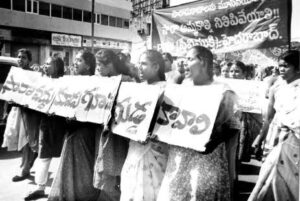 In an effort to combat alcohol misuse, it brought together women from both rural and urban areas, regardless of caste or religion, and the movement became a platform that influenced the 1994 election result. After winning the 1994 elections, the Telugu Desham Party enacted the prohibition law. Even though the prohibition was partially abandoned in 1997, women’s public engagement expanded as a result of the campaign in order to successfully mobilize.
In an effort to combat alcohol misuse, it brought together women from both rural and urban areas, regardless of caste or religion, and the movement became a platform that influenced the 1994 election result. After winning the 1994 elections, the Telugu Desham Party enacted the prohibition law. Even though the prohibition was partially abandoned in 1997, women’s public engagement expanded as a result of the campaign in order to successfully mobilize.
AFSPA Movement
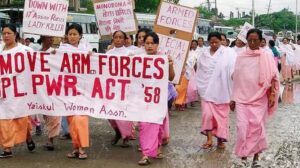 Since many years, Manipuri women have participated in demonstrations against the Armed Forces Special Powers Act. The murder of ten villagers by the 8th Assam Rifles in November 2000 spurred Manipur activist Irom Sharmila, dubbed the ‘iron lady,’ to sit in nonviolent protest. She then started a seven-year hunger strike in opposition to the harsh law, which opponents say allows the local armed forces to arbitrarily detain and execute citizens. Women in the state have led the charge in the fight against army excesses throughout the region. Twelve Manipuri women demonstrated in front of the Assam Rifles in March 2004 over the rape and murder of Manorama Thangjam.
Since many years, Manipuri women have participated in demonstrations against the Armed Forces Special Powers Act. The murder of ten villagers by the 8th Assam Rifles in November 2000 spurred Manipur activist Irom Sharmila, dubbed the ‘iron lady,’ to sit in nonviolent protest. She then started a seven-year hunger strike in opposition to the harsh law, which opponents say allows the local armed forces to arbitrarily detain and execute citizens. Women in the state have led the charge in the fight against army excesses throughout the region. Twelve Manipuri women demonstrated in front of the Assam Rifles in March 2004 over the rape and murder of Manorama Thangjam.
Nirbhaya Movement
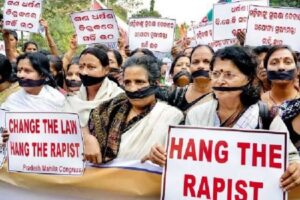 For those of us who followed the news in 2012 regarding the gang rape and torture of a medical student in Delhi on December 16, 2012, the name Nirbhaya would send shivers down our spines. The Nirbhaya case shocked the nation and sparked a movement unlike any other, upsetting the beliefs of people who were living in denial that rape culture did not exist in their country.
For those of us who followed the news in 2012 regarding the gang rape and torture of a medical student in Delhi on December 16, 2012, the name Nirbhaya would send shivers down our spines. The Nirbhaya case shocked the nation and sparked a movement unlike any other, upsetting the beliefs of people who were living in denial that rape culture did not exist in their country.
Women’s protests in public spaces across the nation were surging. While some rallies were peaceful, plenty were loud enough to force the judicial system to give in to the demonstrators’ demands.
Save Silent Valley Movement
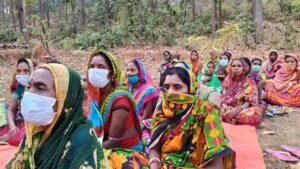 The Planning Commission approved the Kerala State energy Board’s 1928 proposal to build an energy producing facility along the Kunthipuzha River in 1973, threatening to submerge some 8 sq. km. of evergreen forest. The first person to draw attention to the problem was Romulus Whitaker, the creator of Madras Snake Park and Madras Crocodile Bank. He organized a protest against the planning commission’s approval through KSSP, a volunteer science club.
The Planning Commission approved the Kerala State energy Board’s 1928 proposal to build an energy producing facility along the Kunthipuzha River in 1973, threatening to submerge some 8 sq. km. of evergreen forest. The first person to draw attention to the problem was Romulus Whitaker, the creator of Madras Snake Park and Madras Crocodile Bank. He organized a protest against the planning commission’s approval through KSSP, a volunteer science club.
The Save Silent Valley Movement was spearheaded by conservationist Sugathakumari in an effort to preserve some of the nation’s oldest natural forests. Her poem ‘Marathinu Stuthi’ (Ode to a Tree) was adopted as the movement’s rallying cry and became a symbol of the demonstration.
Triple Talaq Movement
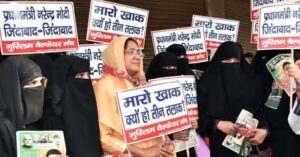 The judgement, which is being heralded as historic, was rendered two years after Uttarakhand-born Muslim Shayara Bano petitioned the Supreme Court following a letter she received from her 15-year-married husband in which the word ‘talaq’ was written three times before he left. Before making a decision, the court, which was made up of five judges of various religious backgrounds, debated for three months.
The judgement, which is being heralded as historic, was rendered two years after Uttarakhand-born Muslim Shayara Bano petitioned the Supreme Court following a letter she received from her 15-year-married husband in which the word ‘talaq’ was written three times before he left. Before making a decision, the court, which was made up of five judges of various religious backgrounds, debated for three months.
Later, the court linked Bano’s petition with the petitions of four other women; Gulshan Parween, Aafreen Rehman, Ishrat Jahan, Atiya Sabri who had comparable instances.

